One of the most significant Buddhist festivals, Trungkar Tsechu marks the birth anniversary of Guru Rinpoche (Guru Padmasambhava), the founder of Tibetan Buddhism who first introduced Buddhism in Sikkim and other neighbouring Himalayan regions during 8th century. The festival is celebrated with great pomp and show throughout the state; special prayers and rituals are held in the monasteries and huge processions are carried across the streets that are led by monks and lamas playing various traditional instruments.
History of the Festival
Guru Padmasambhava is the most adored patron saint of Sikkim who is believed to have introduced Tantric & Vajrayana Buddhism in the region after vanquishing demons during 8th century AD. Considered as the ‘Second Buddha born on the Lotus Flower’, he is held in high regards and is revered by Buddhists not only in Sikkim but across all other Buddhist regions in the world. The concept of Tsechu was started by Guru Rinpoche himself, who by manifesting himself in eight different human forms, danced in-front of a demon in order to conquer him. These dances later came to be known as ‘Chaams’ and depict glory of the patron saint during several Buddhist festivals.
Duration of the Festival
Trungkar Tsechu is observed on the tenth day of the fifth month of Tibetan Lunar Calendar (July-August) every year. The ancient Rumtek Monastery in Gangtok serves as one of the prime venues for the festival, which is attended by thousands of devotees and tourists alike.

Highlights & Important Rituals of the Festival
Entire state of Sikkim comes to life on the auspicious occasion of Trungkar Tsechu with huge processions, carrying statue of Guru Padmasambhava, taken across the streets amidst reverberating chanting of “Om Ah Hung Vajra Guru Padma Siddhi Hung Rhi” by countless devotees and followers. All monasteries in the state, on this sacred day, hold special prayers and rituals to seek blessings of the great patron saint. “Chaam Dance” performances enacting eight manifestations and various episodes from the life of Padmasambhava are one of the major highlights during the festival and that provide for a hypnotic spectacle to one and all.

















































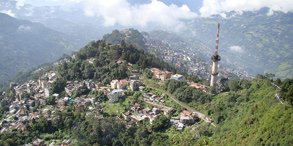
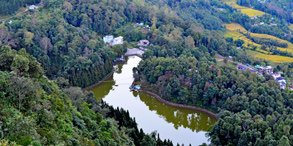
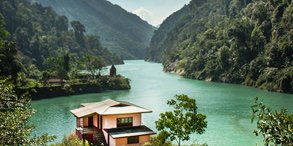
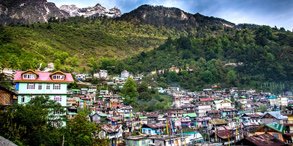
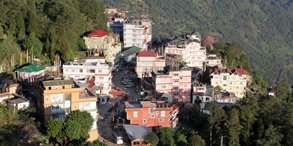
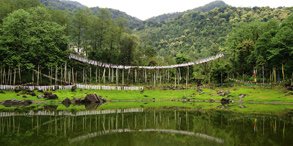
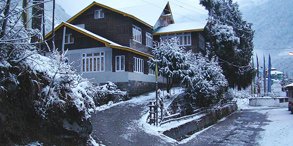
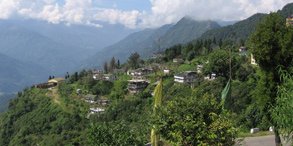
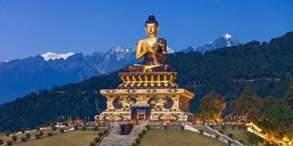
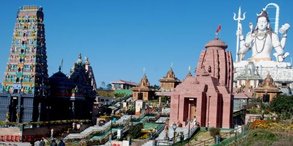
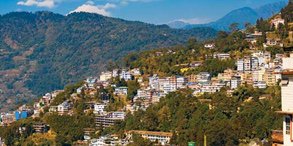
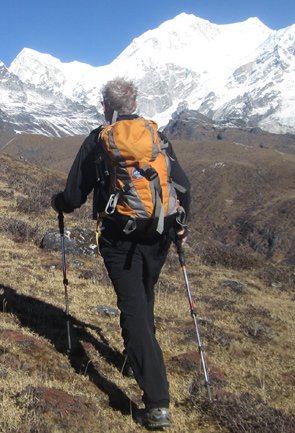
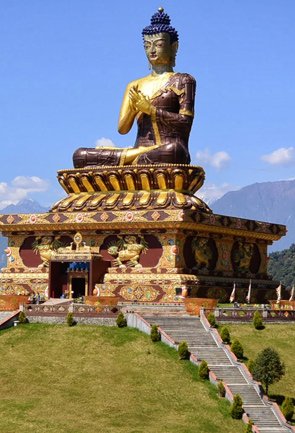

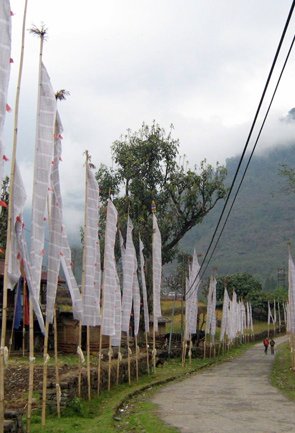


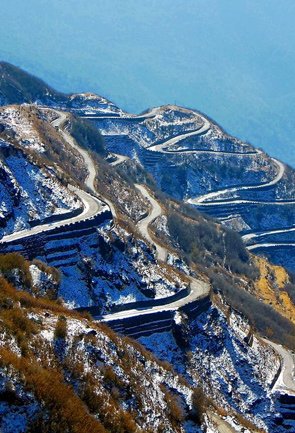

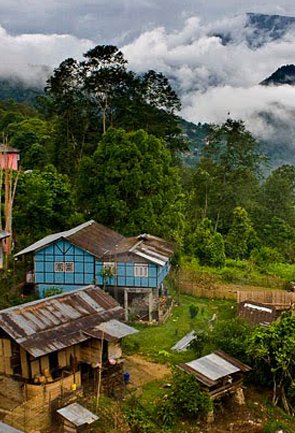

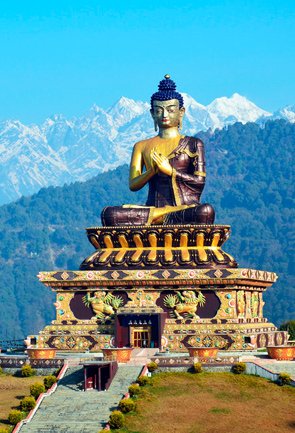

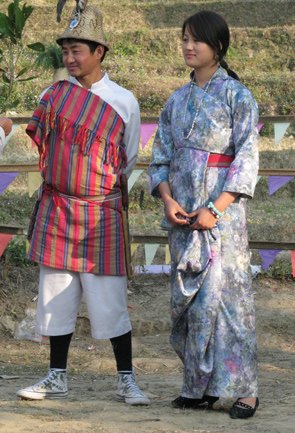
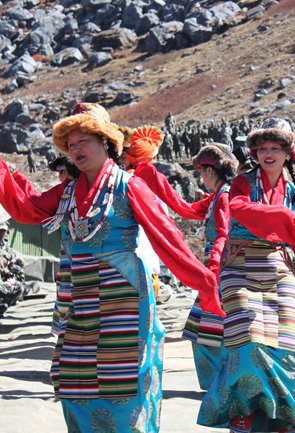
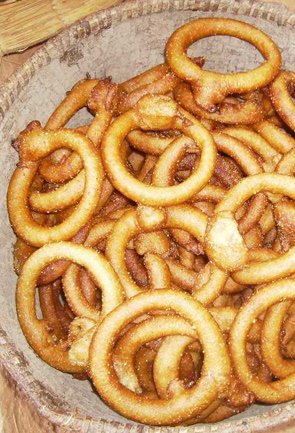


 Plan Trip
Plan Trip Call Us
Call Us Packages
Packages Home
Home